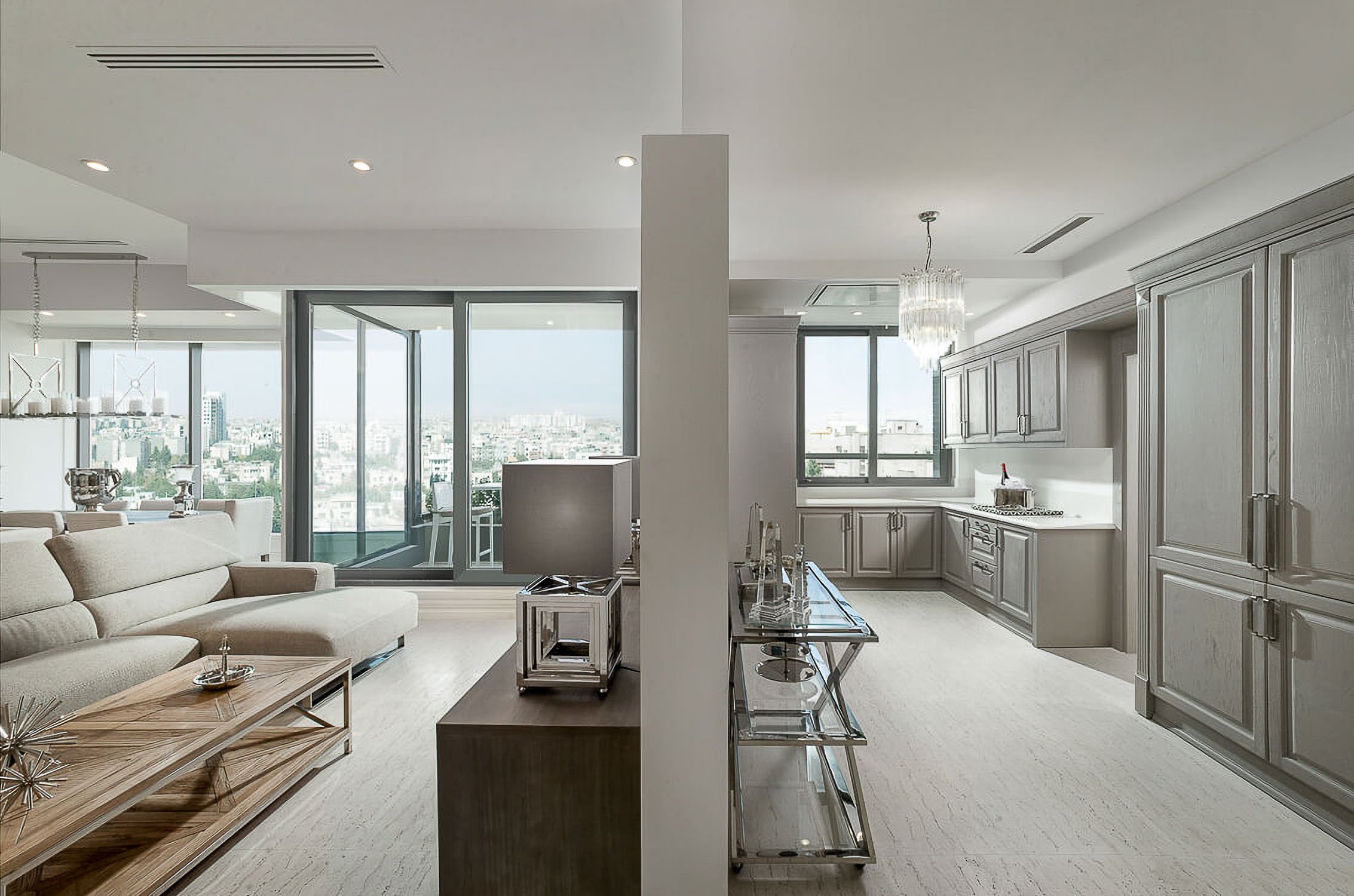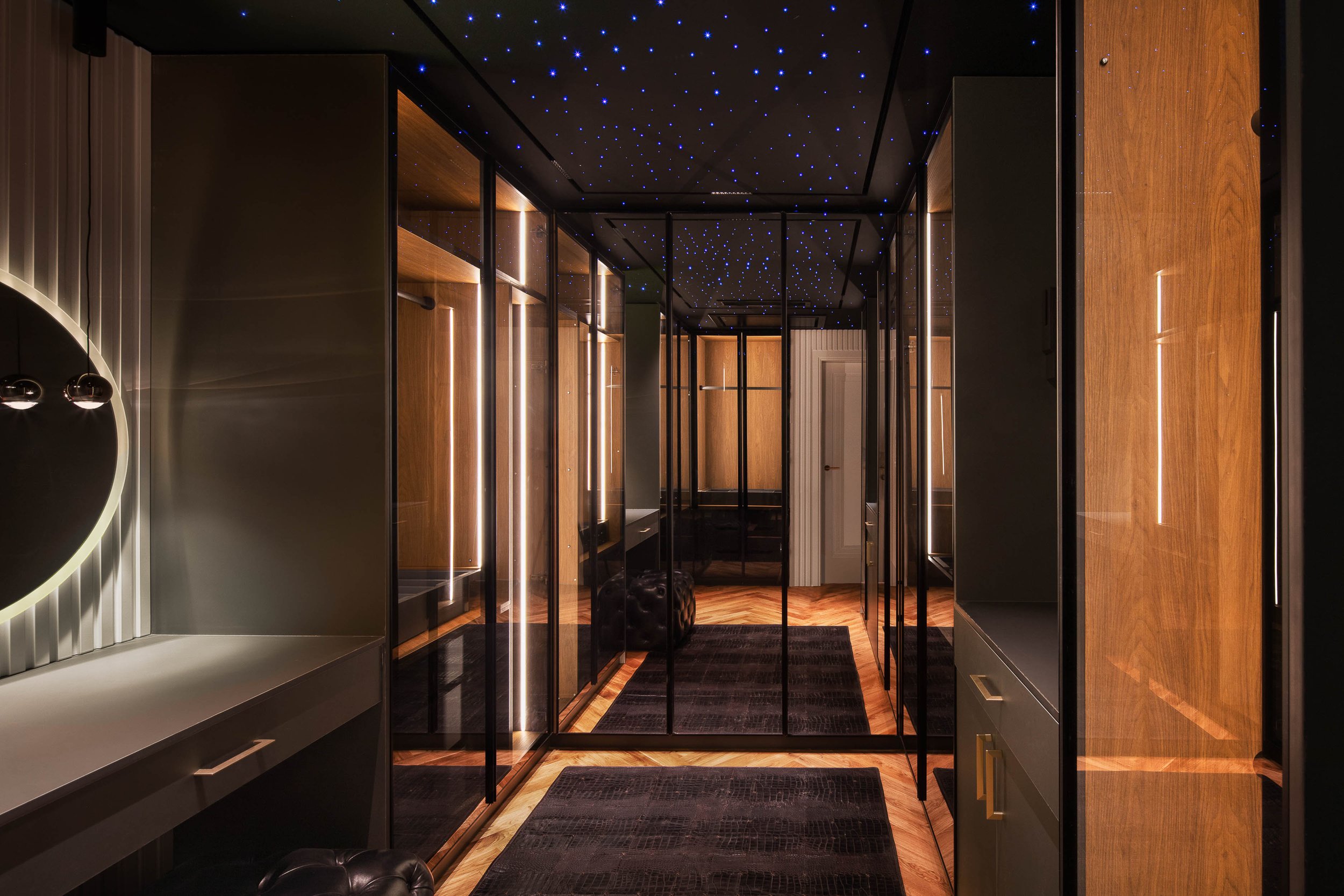Interior Design Photography: The Art of Capturing Timeless Designs
Interior Design Photography
Interior design photography is a captivating and highly popular branch of photography that has become an essential tool in the world of design and architecture. This art form not only focuses on the beauty of a space but also has the power to profoundly influence how viewers perceive and experience that space. Especially in cities like Toronto, where modern and creative interior designs are abundant, interior design photography in Toronto has gained a special place, helping designers and architects showcase their projects in the best possible light. This article will explore interior design photography, its significance in highlighting outstanding designs, the techniques and equipment required, and how this art can be used to strengthen branding and advertising efforts.
The Importance of Interior Design Photography in Showcasing Outstanding Designs
Interior design photography is one of the most powerful methods of displaying the beauty and intricate details of interior designs. This type of photography not only captures the interior space but also allows viewers to connect with it and observe the complex design elements from various angles. Interior design photographers must have a particular skill set in creating suitable compositions, lighting the space correctly, and highlighting the strengths of a room.
In interior design, every detail matters. From the selection of colors and materials to the layout and lighting, every aspect of a space plays its role. Interior design photography provides an opportunity to capture all these details in the best possible way, ensuring even the smallest elements are visible to the audience.
How Interior Design Photography Can Transform the Perception of a Room
One of the distinctive features of interior design photography is its ability to completely alter a viewer's perception of a space. Using techniques such as selecting the right angle, employing natural or artificial light, and applying various filters, the photographer can showcase a space’s dimensions and characteristics in ways that might seem unimaginable at first glance.
For example, in a small room, interior design photography can make the space appear larger and more open through the strategic use of light and angles. Or, in an outdoor setting, lighting techniques can highlight elements like greenery and natural landscapes in a more captivating way than what is immediately apparent.
Choosing the Best Lighting for Successful Interior Design Photography
Lighting is one of the most important factors in interior design photography, as it can significantly influence the final outcome. The right lighting can make a dramatic difference in how the space feels and how beautiful the image looks. For instance, natural light at different times of the day can show the interior in various beautiful ways.
On the other hand, artificial lighting can also have a considerable impact. If not selected correctly, it may cause colors and details to disappear or make the space look unnatural. Therefore, an interior design photographer must have a precise understanding of different types of lighting and how to use them effectively to achieve realistic and appealing results.
Cameras and Equipment for Professional Interior Design Photography
For professional interior design photography, choosing the right camera and equipment is crucial. DSLR cameras with high-quality lenses are typically the best choice for interior design photography. These cameras allow for precise control over lighting and framing, capturing high-resolution images with clear details.
Wide-angle lenses are particularly useful in interior design photography, as they allow photographers to capture large spaces from various angles without distortion. Additionally, using a tripod to keep the camera steady and avoid shake is essential, especially in low-light environments where longer exposure times are needed.
Special Techniques for Highlighting Interior Design Details
To emphasize interior design details, photographers use various techniques. One such technique is depth of field. By adjusting the depth of field, photographers can clearly highlight specific details such as patterns on walls, unique furniture pieces, or architectural elements.
Furthermore, using unique compositions and positioning objects at specific points within the frame can add depth and visual interest to the image. Other practical techniques in interior design photography include using different lighting setups and color filters to create distinct moods and effects in the image.
Interior Design Photography for Designers and Architects: How It Distinguishes Your Work
Interior design photography is an essential tool for designers and architects. The images that photographers capture of interior design projects can be used as part of their portfolio, helping clients better understand their style and design abilities. Additionally, professional photos can be used in advertising and marketing brochures.
One of the major benefits of interior design photography for designers is that it allows them to present an accurate and artistic representation of their projects that is not only visually appealing but also tells the story behind the design and its philosophy. These images can show potential clients how their designs can have a profound impact on the living or working spaces of individuals.
Conclusion
Interior design photography is a powerful tool in the world of design and architecture, showcasing interior spaces in an artistic and professional manner. From the importance of proper lighting and professional equipment to special techniques for highlighting details, all these factors combine to make interior design photography an invaluable tool for designers, architects, and brands. With interior design photography, exceptional designs can be introduced to audiences from different perspectives, allowing them to fully appreciate the depth and beauty of a space.


Comments
Post a Comment